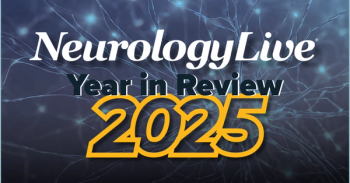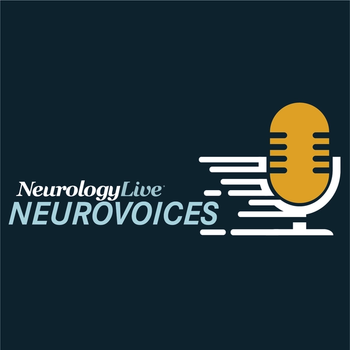
Update on Epilepsy: New Devices and Treatment
New, non-invasive methods can help detect which epilepsy patients may be having seizures and allow clinicians to respond rapidly or to better plan surgeries for patients who are refractory to medical therapy.
New, non-invasive methods can help detect which epilepsy patients may be having seizures and allow clinicians to respond rapidly or to better plan surgeries for patients who are refractory to medical therapy. These include a device that detects heart rate increases during seizures, a wristband device that measures electrodermal activity, and a non-invasive whole-brain imaging technique that detects magnetic fields produced by the electrical signals in the brain.
Newsletter
Keep your finger on the pulse of neurology—subscribe to NeurologyLive for expert interviews, new data, and breakthrough treatment updates.



























